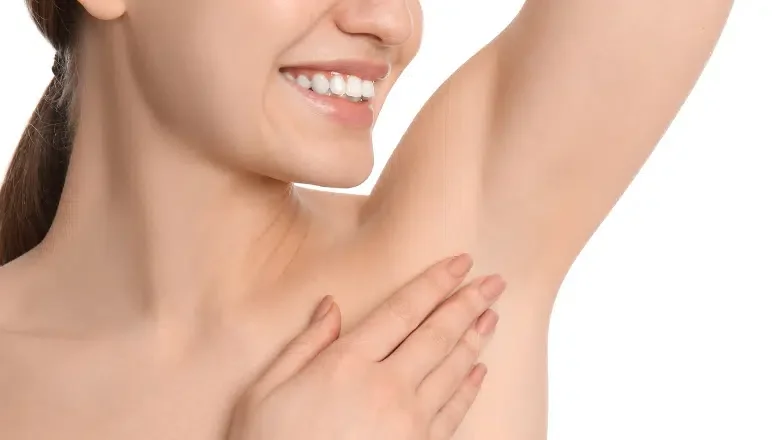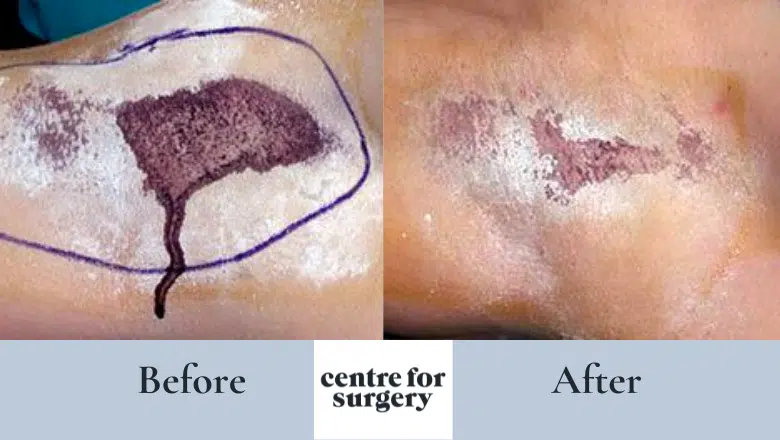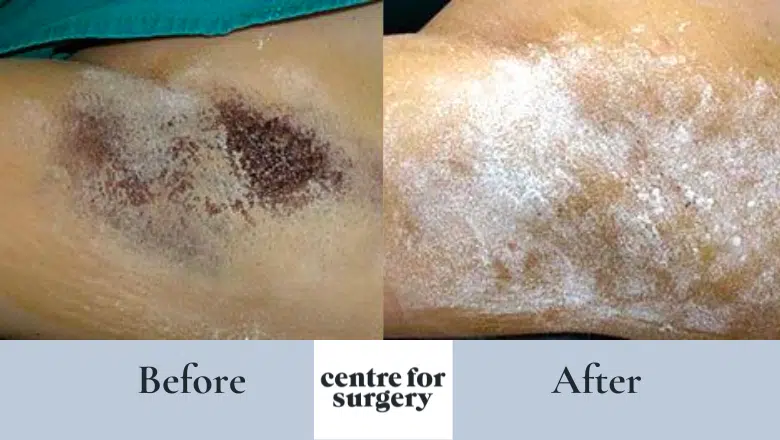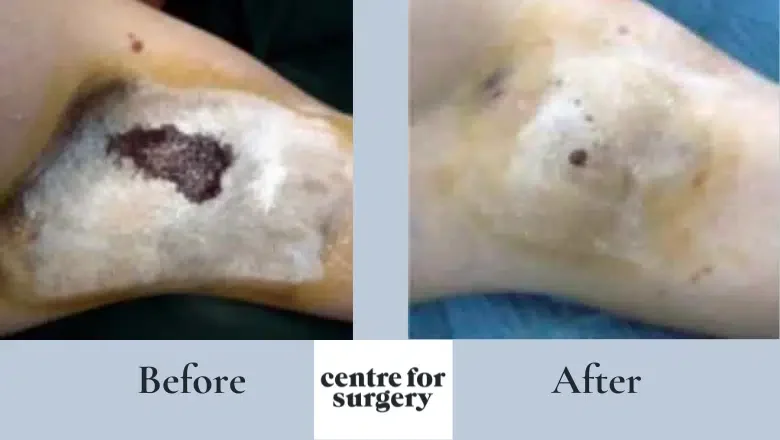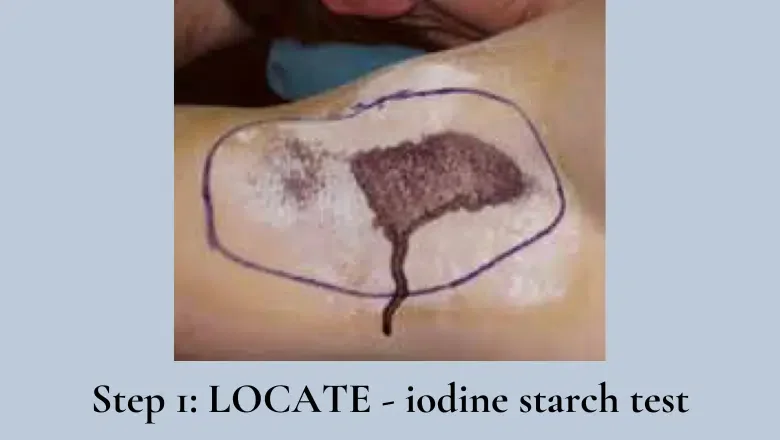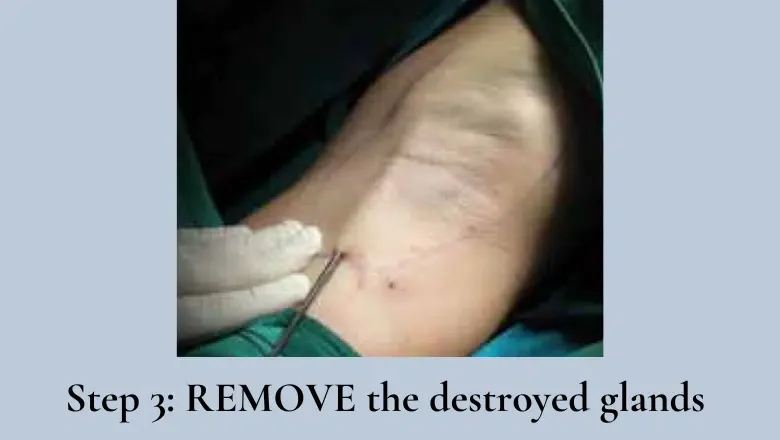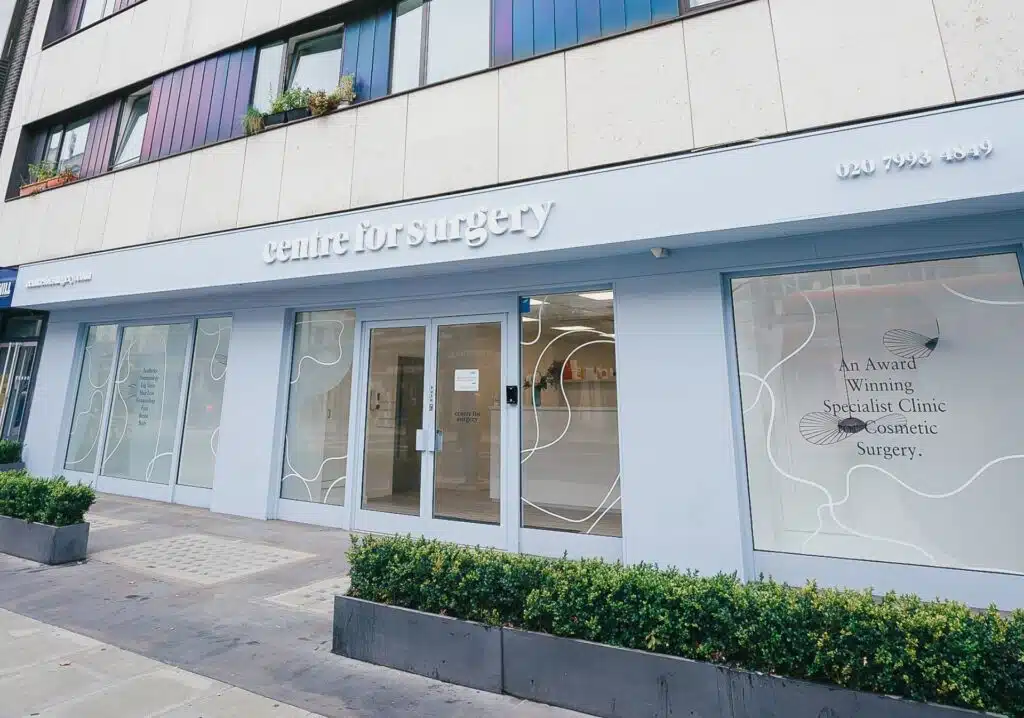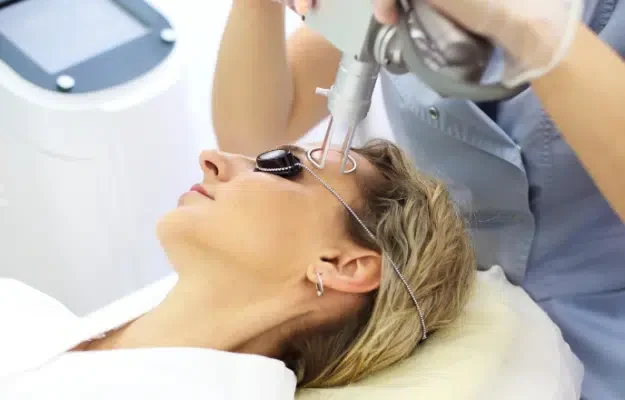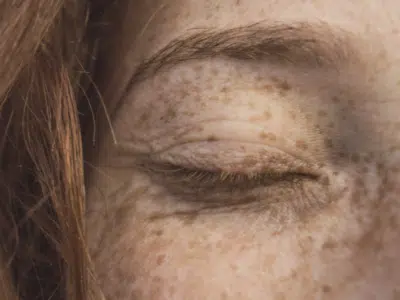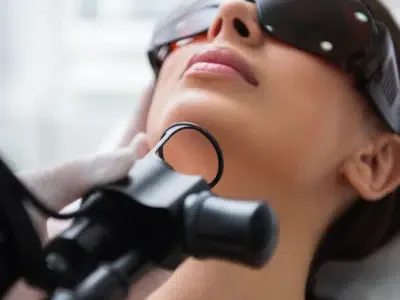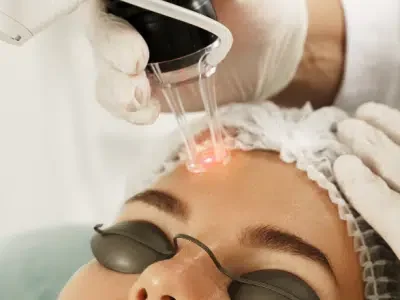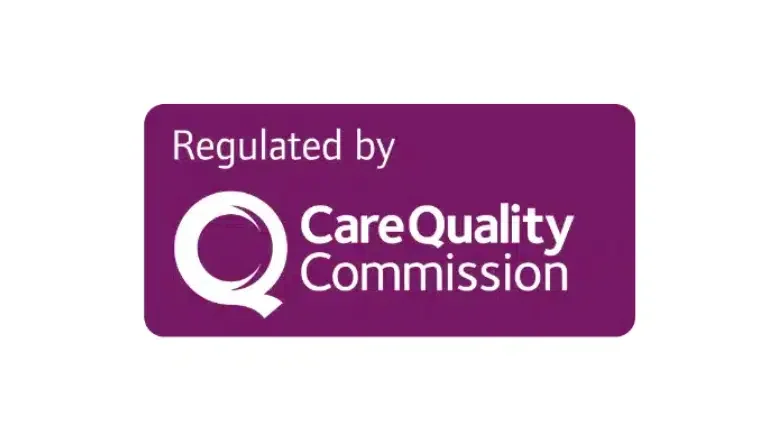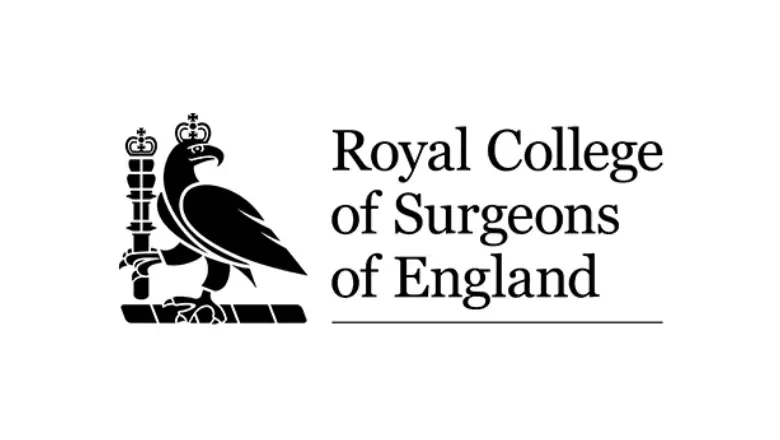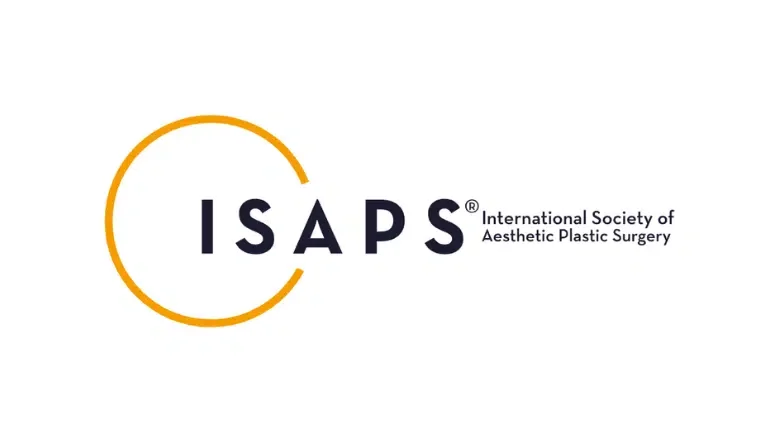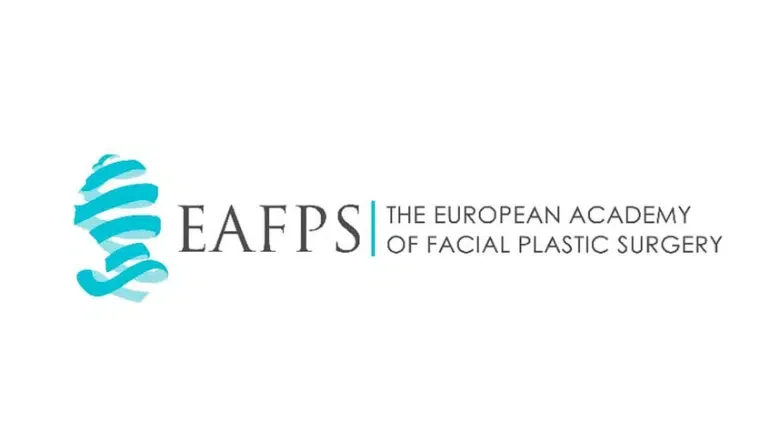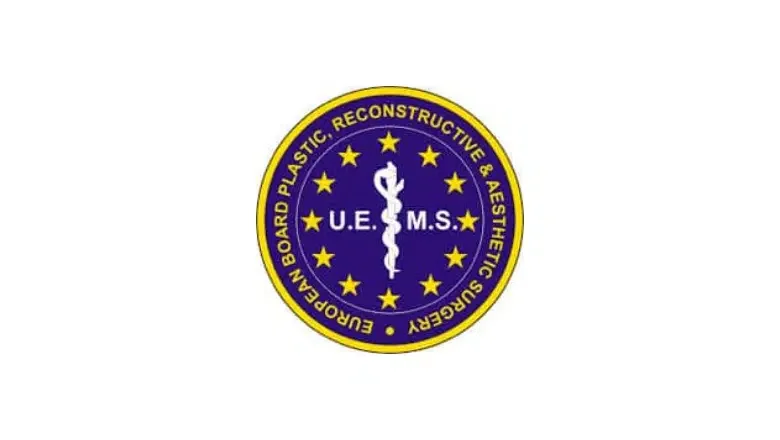Suction Curettage Treatment in London
Suction Curettage for Underarm Sweating
Suction Curettage for Armpit Sweating
Suction curettage is a medical procedure designed to address excessive sweating under the arms, a condition medically known as axillary hyperhidrosis. This treatment targets the sweat glands located in the armpit area. The primary goal is to reduce sweat production by removing these glands.
The process begins with the administration of a local anaesthetic to numb the underarm region, ensuring comfort and minimal pain during the procedure. Once the area is numbed, small incisions are made in the armpit. A specialised suction device, similar to the one used in liposuction, is then inserted through these incisions. This device is used to scrape and then suction out the sweat glands. The removal of these glands significantly decreases sweat production.
Suction curettage is generally considered when other treatments, like antiperspirants or medications, have failed to control the sweating effectively. It offers a more permanent solution compared to topical treatments and can lead to significant improvements in the quality of life for individuals dealing with excessive underarm sweating.
After the procedure, patients might experience some temporary bruising, swelling, or discomfort in the treated area. However, these side effects usually subside within a few days. The majority of individuals who undergo this procedure notice a marked reduction in sweating and often report a boost in their self-confidence and comfort, particularly in social situations or warm climates.
Suction Curettage Before & After
Am I Suitable for Suction Curettage Treatment?
Suitable candidates for hyperhidrosis surgical treatment typically include individuals who are experiencing severe axillary hyperhidrosis, which is excessive sweating in the underarm area. However, there are several important factors to consider when determining suitability:
Severity of Hyperhidrosis
Ideal candidates are those who suffer from severe underarm sweating that is not adequately controlled by other methods, such as topical antiperspirants, oral medications, or neurotoxin injections. This treatment is often considered when other less invasive methods have failed to provide relief.
Overall Health
Candidates should be in good general health. Chronic health conditions, especially those that affect healing or blood clotting, may need to be evaluated and discussed before having a laser procedure.
Skin Condition
The skin in the underarm area should be free from active infections or other dermatological conditions that could complicate the procedure or healing process.
Age and Hormonal Status
While there is no strict age limit, candidates are typically adults, as hormonal fluctuations during puberty can affect sweating patterns. Women also consider whether they are pregnant or planning to become pregnant soon, as this may affect the timing or suitability of the procedure.
Realistic Expectations
Candidates have realistic expectations about the results of the procedure. While laser treatment can significantly reduce sweating, results can vary between individuals.
Previous Treatments
Candidates who have tried and found no relief from other treatments may be considered more suitable for surgical treatment.
Understanding of Risks and Benefits
A good candidate should be well-informed about the potential risks and benefits of the procedure. Like any medical procedure, there are risks involved, which should be considered when making a decision on treatment.
How does the treatment work?
Suction curretage treatment is an advanced medical procedure designed to effectively tackle the problem of excessive sweating, particularly in the underarm area. This method utilises the precision of specially designed cannulas to target and permanently eliminate the axillary sweat glands. The process stands out for its ability to selectively heat and destroy the sweat gland tissue without causing harm to the surrounding areas.
The entire procedure is conducted under local anaesthesia, often with oral sedation, ensuring that the patient remains comfortable and pain-free throughout. The treatment is usually completed in less than an hour. The procedure involves several key steps:
Step 1 – Locating the Sweat Glands
The initial phase of the treatment involves preparing the underarm area. This is done by applying iodine to the underarms. Following this, starch is used. The combination of iodine and starch reacts with the sweat to visually highlight the exact locations of the sweat glands. This step is crucial as it guides the precision of the subsequent surgical removal.
Step 2 – Local Anaesthetic Injection
The area is injected with a local anaesthetic solution to lift the skin away from underlying structures. The numbing solution contains a vasoconstrictor to minimise bleeding.
Step 3 – Removing the Destroyed Sweat Glands
The final step involves the removal of the now destroyed sweat glands. This is achieved using a specialised grating cannula designed for this purpose. The destroyed glandular tissue is gently extracted, completing the procedure.
Recovery & Aftercare Following Suction Curettage Treatment
Recovery and aftercare following suction curettage treatment are crucial steps to ensure the best possible results and minimise any potential complications. While this treatment is minimally invasive, proper care after the procedure is key to a smooth and effective recovery.
Immediate Post-Treatment Recovery:
- Mild Discomfort: After the treatment, it’s common to experience some mild discomfort or soreness in the treated area. This is typically manageable with over-the-counter pain relievers.
- Swelling and Bruising: Some swelling and bruising may occur, which usually subsides within a few days to a week.
- Limited Physical Activity: Patients are generally advised to avoid strenuous physical activities and heavy lifting for a short period after the procedure to allow the treated area to heal properly.
Long-Term Aftercare:
- Skin Care: Keep the treated area clean and dry. Follow any specific instructions given by your surgeon regarding washing and bathing.
- Follow-Up Visits: Attend scheduled follow-up appointments with your surgeon. These visits are important to monitor your healing process and evaluate the effectiveness of the treatment.
- Wearing Loose Clothing: Wear loose-fitting clothing to avoid irritation in the treated area during the initial recovery phase.
- Avoiding Excessive Heat: Steer clear of activities that can induce excessive sweating or heat in the area, such as saunas or hot tubs, for a recommended period.
- Sun Protection: Protect the treated area from direct sunlight to prevent skin damage and facilitate healing.
Monitoring and Managing Side Effects:
- Infection Signs: Watch for signs of infection, such as increased redness, swelling, or discharge from the incision sites, and report them to your surgeon immediately.
- Numbness or Changes in Sensation: Temporary numbness or changes in skin sensation around the treated area may occur and usually resolve over time.
Expected Results and Adjustments:
- Gradual Improvement: The full results of the treatment may take some time to become evident. It’s important to have realistic expectations about the recovery process and the time frame for seeing final results.
- Lifestyle Adjustments: Continue to follow a healthy lifestyle, including maintaining a stable weight and a balanced diet, to enhance the long-term effectiveness of the treatment.
Cost of Suction Curettage Treatment in London
Suction Curettage Treatment in London
FAQs
-
What is suction curettage and how does it help with excessive armpit sweating?Suction curettage is a surgical procedure aimed at reducing excessive sweating (hyperhidrosis) in the armpits. It involves removing the sweat glands through small incisions using a suction technique. By targeting the source of sweat directly, this procedure can significantly decrease underarm sweating.
-
Who is an ideal candidate for suction curettage?The ideal candidates for suction curettage are individuals who suffer from severe underarm sweating that hasn’t responded to other treatments, such as prescription antiperspirants, medications, or neurotoxin injections. Candidates should be in good health and have realistic expectations about the outcomes of the surgery.
-
Is the procedure painful?The procedure is performed under local anaesthetic, so any discomfort during the treatment is minimal. Some patients may experience mild soreness, swelling, or bruising in the days following the procedure, but these symptoms usually resolve quickly.
-
What should I expect during the suction curettage procedure?The procedure is typically performed under local anaesthesia. The surgeon will make a few small incisions in the underarm area, then insert a cannula to extract the sweat glands. The process usually takes about one hour to complete, depending on the extent of the area being treated.
-
How long does the procedure take?Suction curettage typically takes around 1 to 2 hours to complete. The exact duration may vary depending on the individual case and the extent of the treatment area.
-
What can I expect during recovery?Recovery from suction curettage is relatively quick. Most patients can return to their normal activities within a few days. Some temporary swelling, bruising, or discomfort is common but usually subsides within a week. It’s advisable to avoid strenuous activities for a short period to allow the area to heal properly.
-
Are there any risks associated with suction curettage?As with any surgical procedure, there are some risks involved. These can include infection, scarring, temporary numbness, and an altered sensation in the skin. However, serious complications are rare when the procedure is performed by an experienced and qualified surgeon.
-
How effective is suction curettage in reducing sweating?Many patients experience a significant reduction in underarm sweating following suction curettage. While the procedure is highly effective for most, results can vary. Some patients may notice a drastic reduction, while others might still have some degree of sweating, albeit much less than before.
-
Are the results permanent?The results of suction curettage are generally long-lasting, as the sweat glands are physically removed. However, it is important to note that some glands may remain, and in rare cases, sweating may increase slightly over time but not to the pre-procedure levels.
-
How soon will I see results?Patients often notice a reduction in sweating almost immediately after the procedure. However, full results may take a few weeks to become apparent as swelling subsides and the area heals completely.
-
Can the procedure be repeated if necessary?In some cases, a second treatment may be recommended if the first procedure does not achieve the desired results. However, most patients find that a single treatment provides significant relief from excessive sweating.
-
What are the alternatives to suction curettage?Alternatives include topical antiperspirants, prescription medications and Morpheus8 treatment. Each treatment has its own benefits and drawbacks, and a specialist can help you determine which option is best for your needs.

